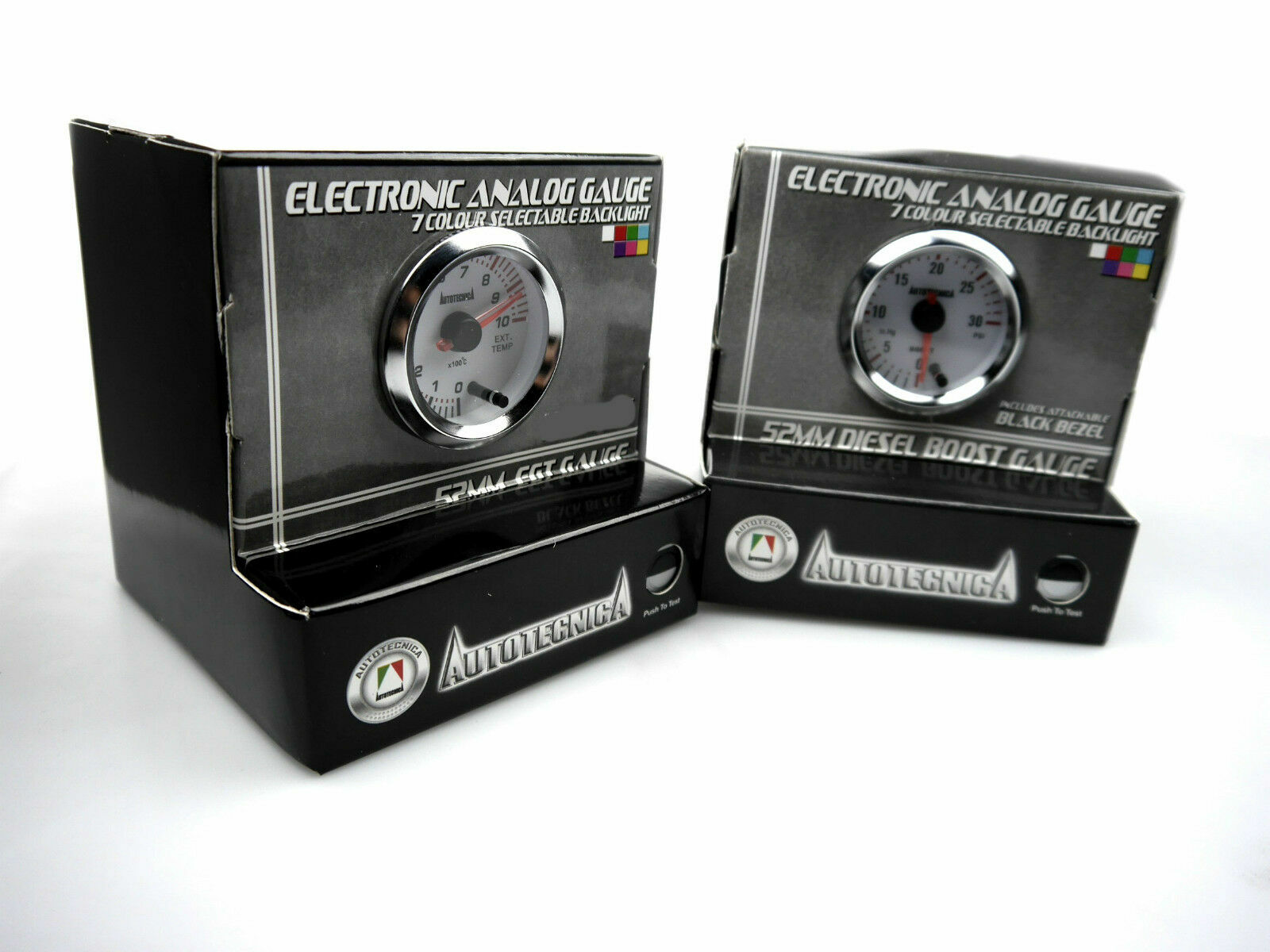

Gauge Kits from ISSPRO provide your vehicle with either two or three ISSPRO gauges and a pillar mount with all the hardware needed for installation. When you need to monitor the vitals on your Ford F-Series, Dodge Ram, Chevy Silverado, or GMC Sierra Pickup, ISSPRO has the gauges you need.
#Pyro and boost gauge kit iso#
ISO 9001:2015 and IATF 16949:2016 certified as a manufacturer of vehicle components and accessories, ISSPRO products are found on aftermarket and OEM applications around the world. ISSPRO products are trusted by automotive and marine enthusiasts around the world for their dependability and accuracy in reading the vital systems on vehicles. Mountain Passes: ~1000-1200 When going over Stevens Pass, or Snoqualmie Pass I generally turn off the Overdrive and cruise at about 80 kph with my RPMs around 3000 and keeping an eye on the EGT and temperature gauges.Ĭurious what other people set as their limit on temp reading when mounted to the blanking plate?For more than seventy years ISSPRO has been assembling high-quality gauges, sensors, and sending units at their headquarters in Portland, Oregon. Highway Driving Flat: ~650-1000 depending on hills, etc. Starting Idle: ~220-300, maybe lower on a cold morningĬity Driving: ~400-900, usually the higher end is on acceleration up some of our steep Seattle city hills In terms of EGT readings I see the following, please note I haven't been in any hot temperatures since I've installed. I installed the probe in the EGR blanking plate as Kellyn suggested. I have an alarm set on my EGT gauge that sets off a piercing buzzer at 1200 degrees, which has definitely come in hand as a reminder to pay attention. I installed an Auber Instruments round EGT gauge a few months ago, replacing the indoor/outdoor temp gauge in the altimeter/inclinometer pod. Thanks again for the inspirational write up. Fits good there, looks good and having one guage monitor up to 6 things is a nice clean way to it done. I mounted this on the flat area of the steering column just behind the wheel. If you don't stuff won't work, if you do it works great. Its easy to do but no where is it clearly stated that you need to do it.
#Pyro and boost gauge kit install#
The second thing you need to do is install the 8v converter that comes with the kit. to to below the fuel filter and then up and into the battery area and sensors.

I routed mine down the steering column, out the floorboard where the other cables go, along the frame etc. You can splice into the power cable and the data cable is a simple headphone extension cable. cables that came with the DM-6 were just not long enough, no matter how you routed them. Putting the sensor modules in the battery box area makes sense, especially if you did a single Odyssey Battery swap like I have done (leaving lots of space). This is done through two cables that come with the unit. The DM-6 pulls power and data from the sensor modules. In making this change you need to consider two things. I chose this option because on longer trips, I did not want to be limited by my cell phone battery. The one difference I did was I installed the PLC Devices DM-6 Multiguage.
#Pyro and boost gauge kit zip#
I estimate that total (including zip ties, extension cables etc.) I spent around $300-$325. Though significantly more expensive than other options the quality of the product and its performance made it worth the money for me. I chose to go with the PLC devices option as well. Zip tie everything onto the main harness that runs into there. Run the vacuum, EGT Probe wires through the small opening near the back of the firewall entering the battery well. This comes directly from the turbocharger compressor housing.

Did you buy the Boost Sensor Module? Obtain a vacuum tee and tap into the feed running into the top of the injection pump. For the ground I made a ring terminal connector directly to the negative terminal Find a stronger power source as wideband sensors suck up some juice. If you had a Wideband Module I would NOT recommend using this power source. The sensor modules collectively draw under 5 amps so stealing power from here shouldn't be a problem. I choose the 12V Ignition-Switched Solenoid on the back of the firewall for power. Locate Power and Ground for your Sensor Modules. Install the plate and sensor probe back on the manifold. Install EGT Probe as far as you can into the plate. Remove your EGR Bypass plate and start drilling. Locate your EGT Sensor Probe install location. Remove the damn seat panel for the 150th time. However, the install procedure is the same for all of these instruments. This tutorial was originally for a PLX multigauge unit, a product I no longer condone.


 0 kommentar(er)
0 kommentar(er)
